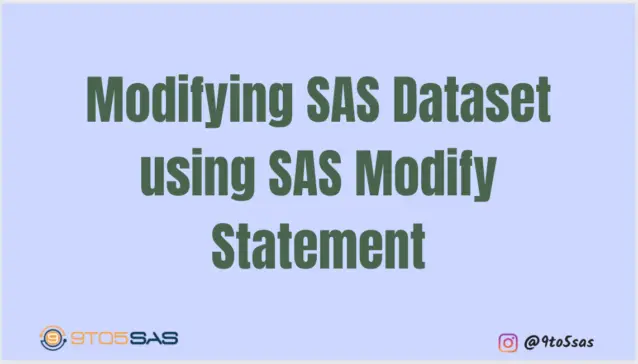Do you want to learn SAS programming advanced topics? These categories of courses include many of the Base and Advanced tutorials that would help you acquire more knowledge of data exploration and manipulation, predictive modelling using SAS, and some scenario-based examples for practice.








